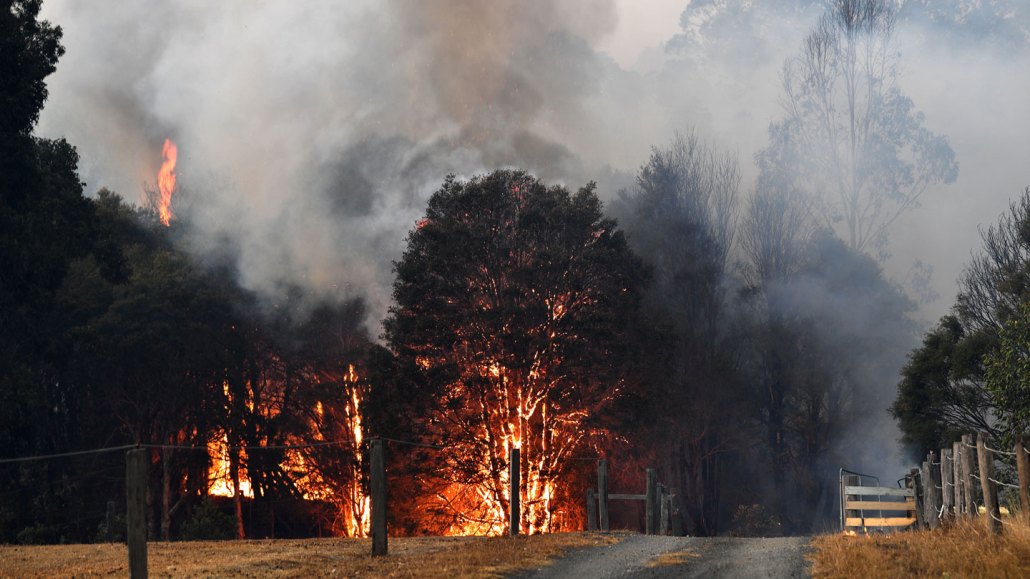
Smoke rises from burning trees near the town of Nowra, in Australia’s New South Wales, on December 31, 2019. New research links smoke and ash from the wildfires that raged across southeastern Australia from October 2019 to February 2020 to large blooms of marine algae far to the east in the Southern Ocean.
SAEED KHAN/AFP via Getty Images